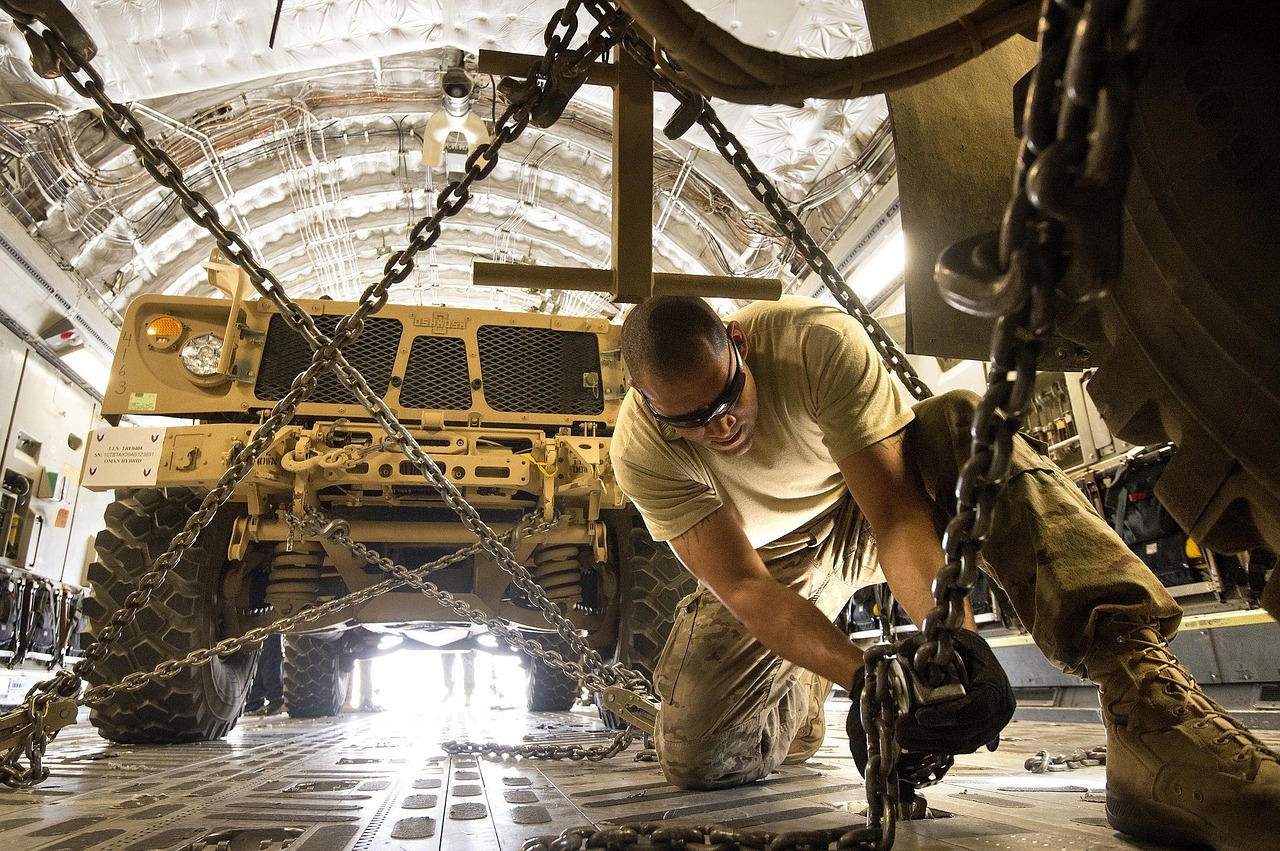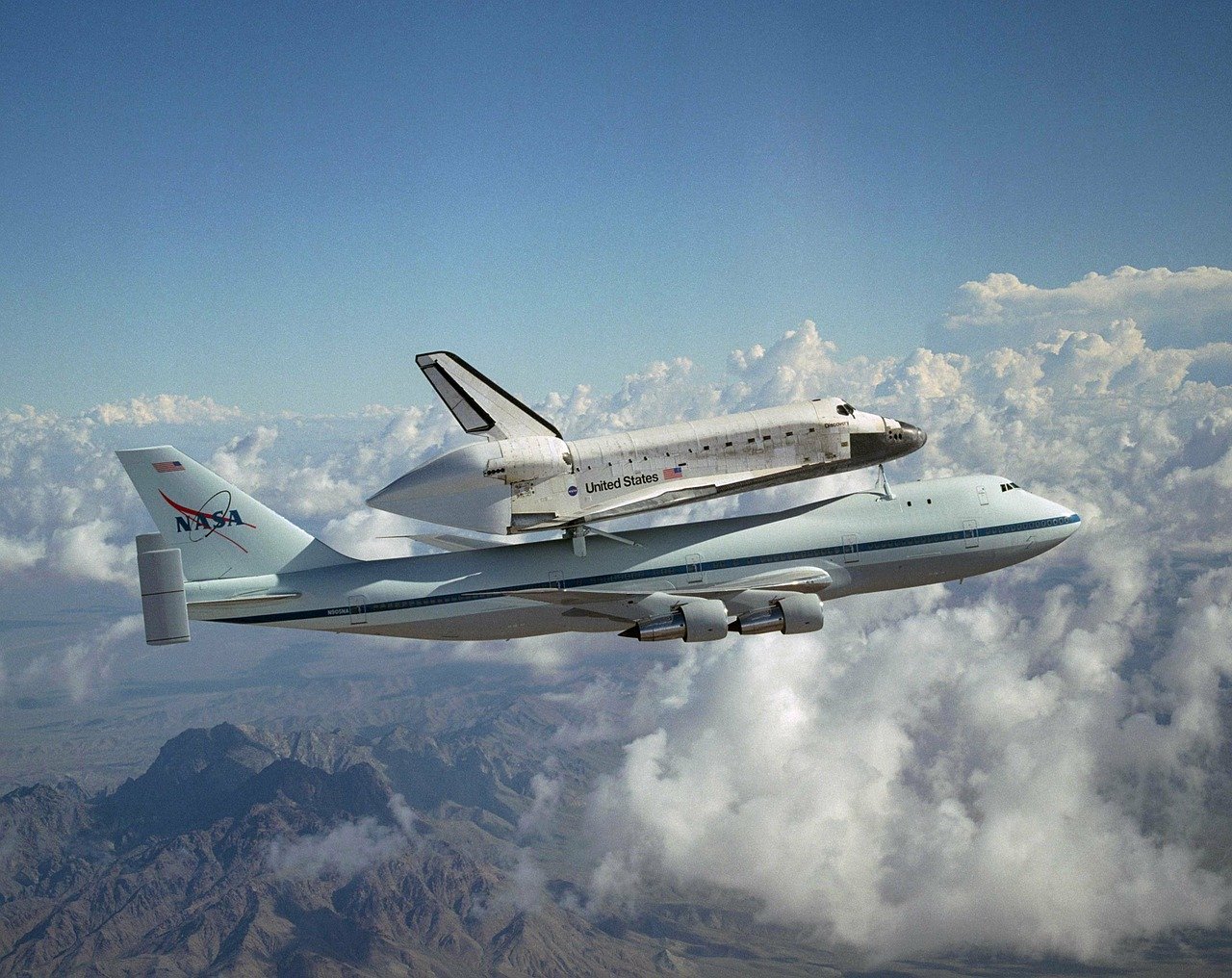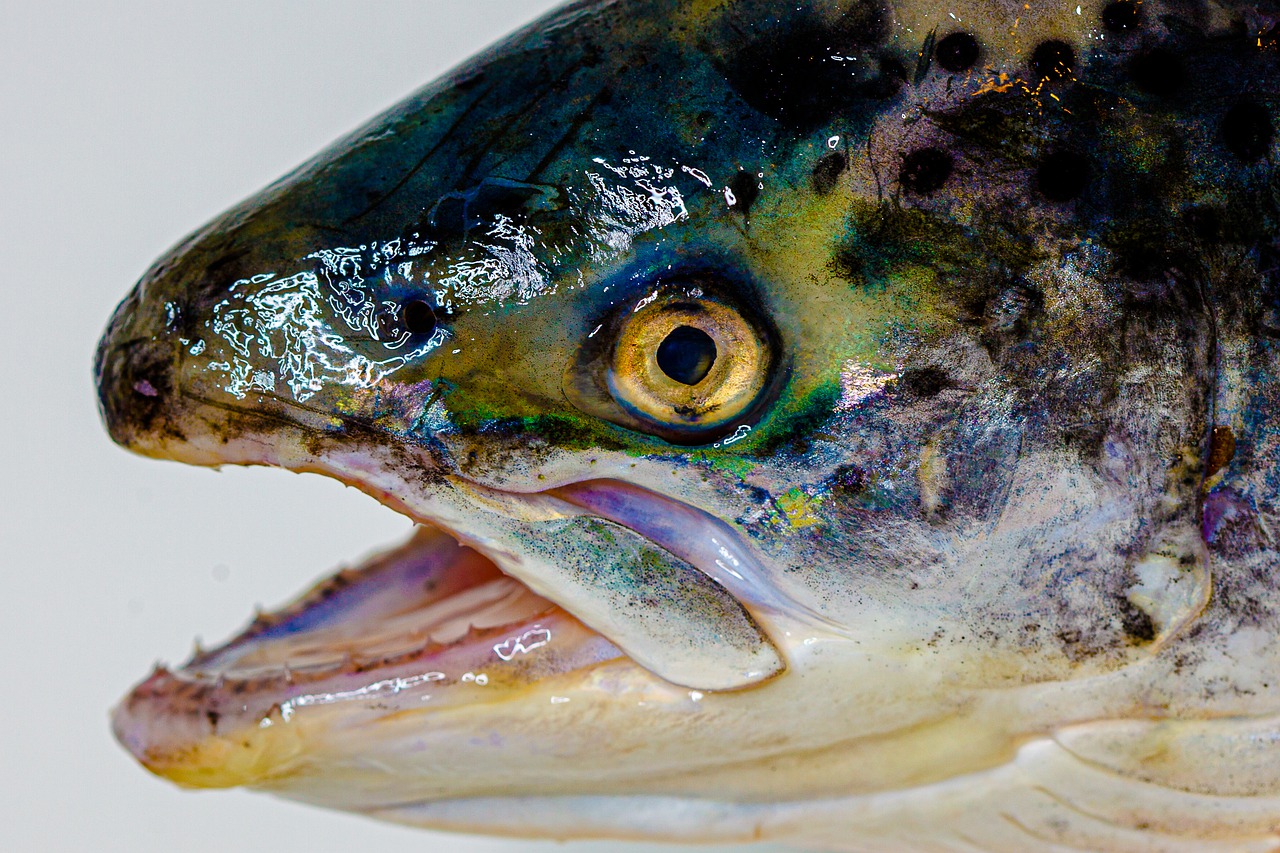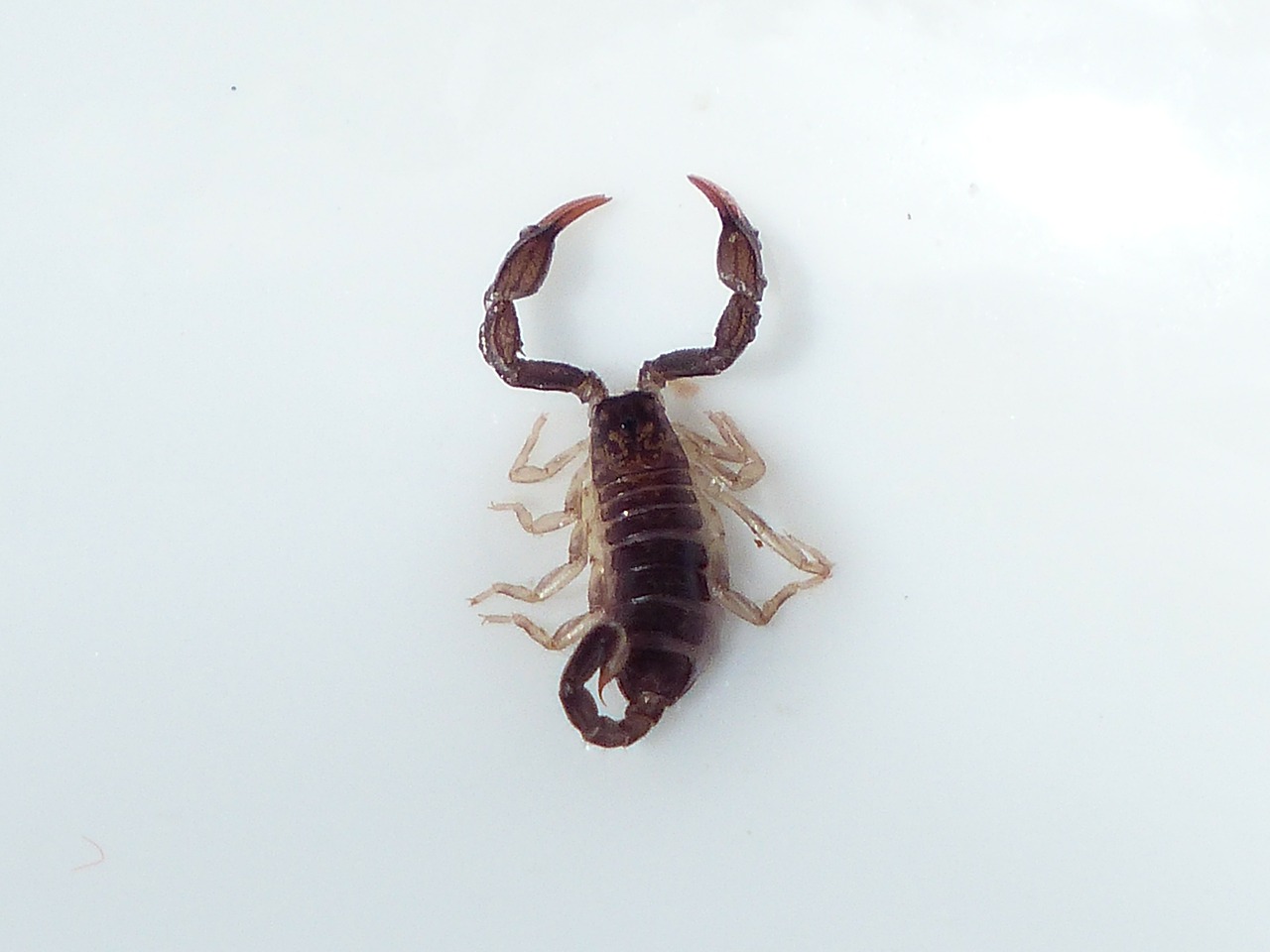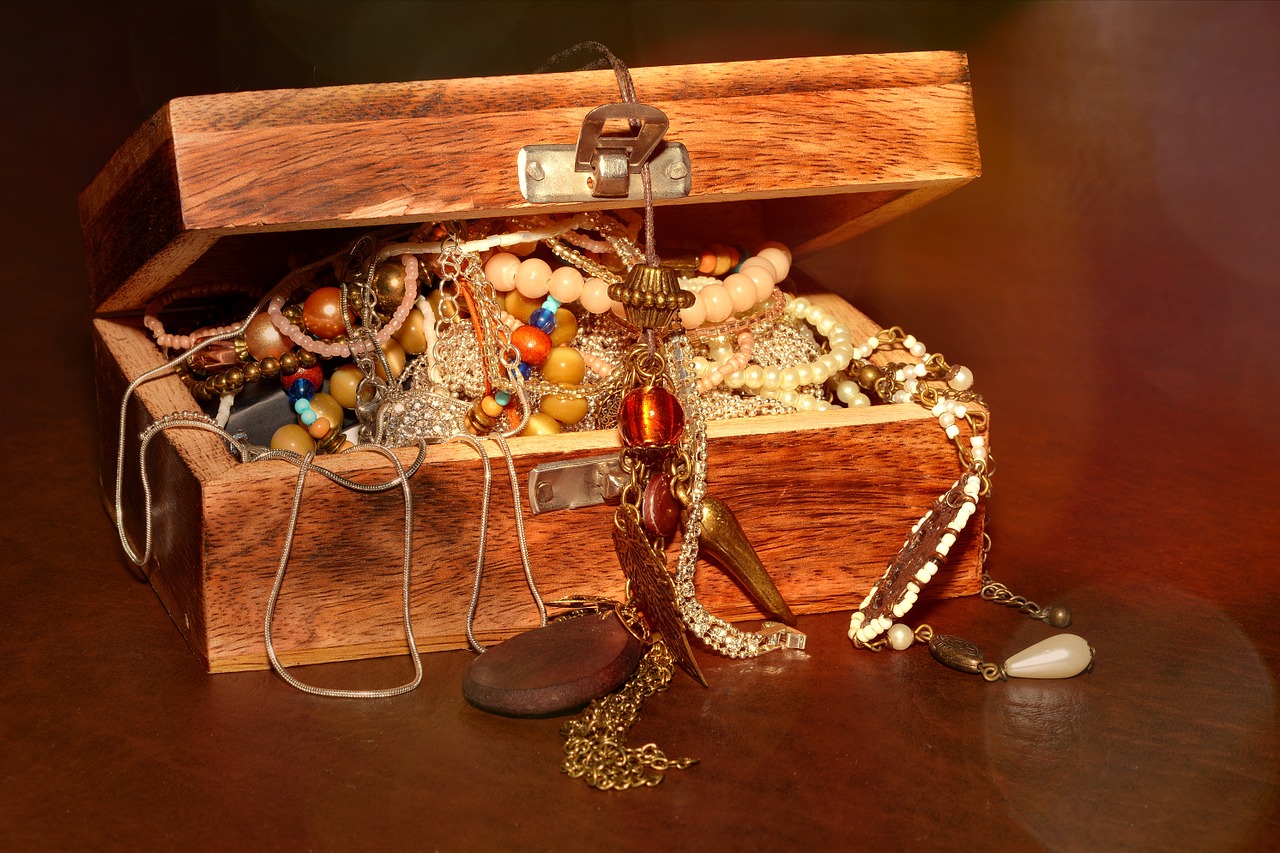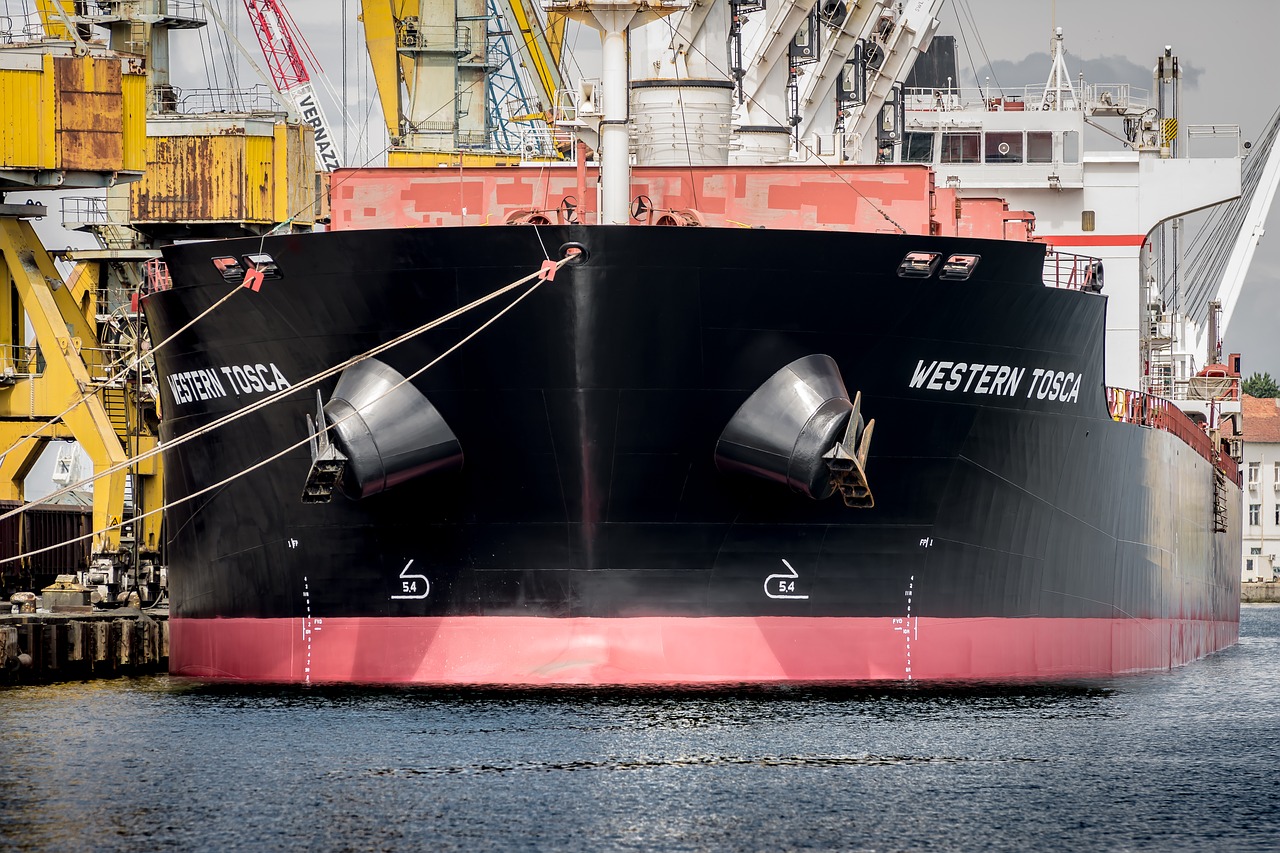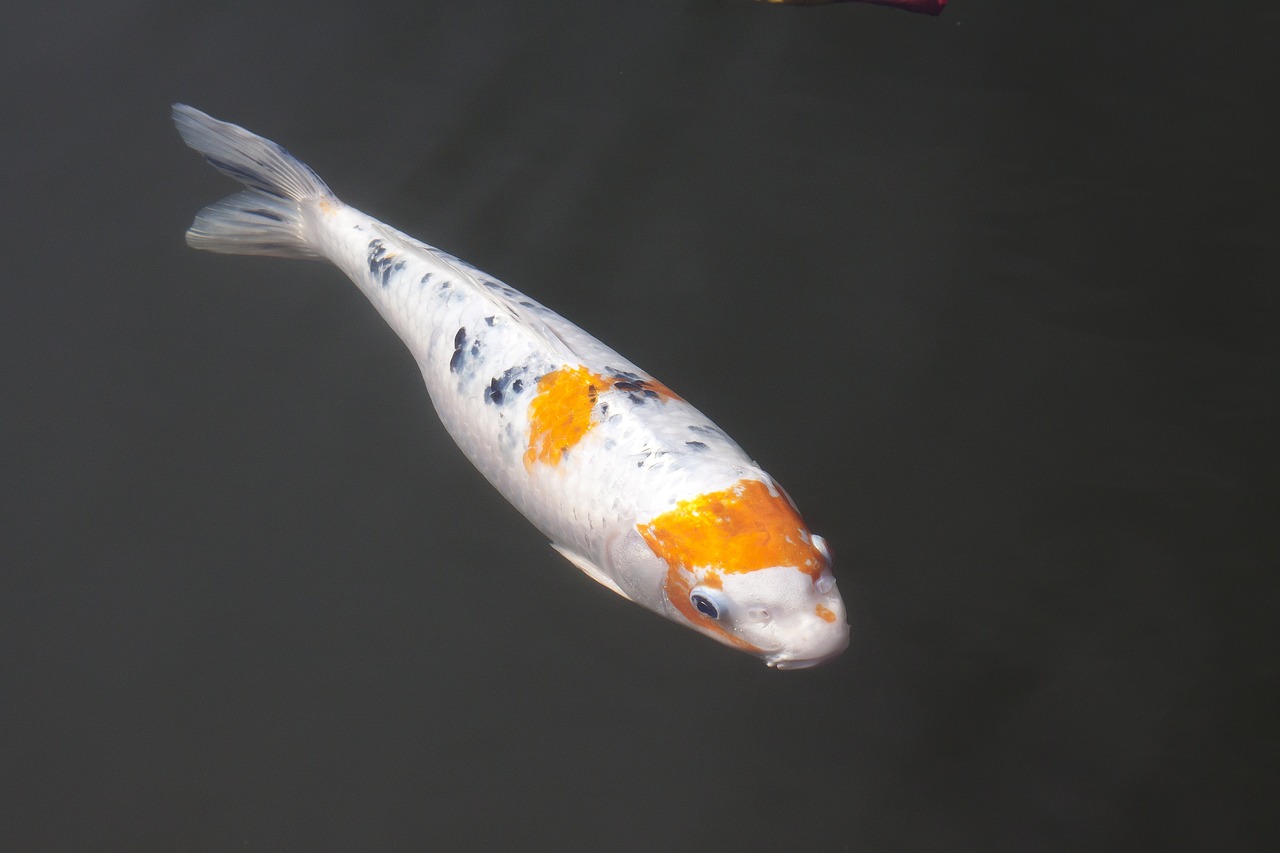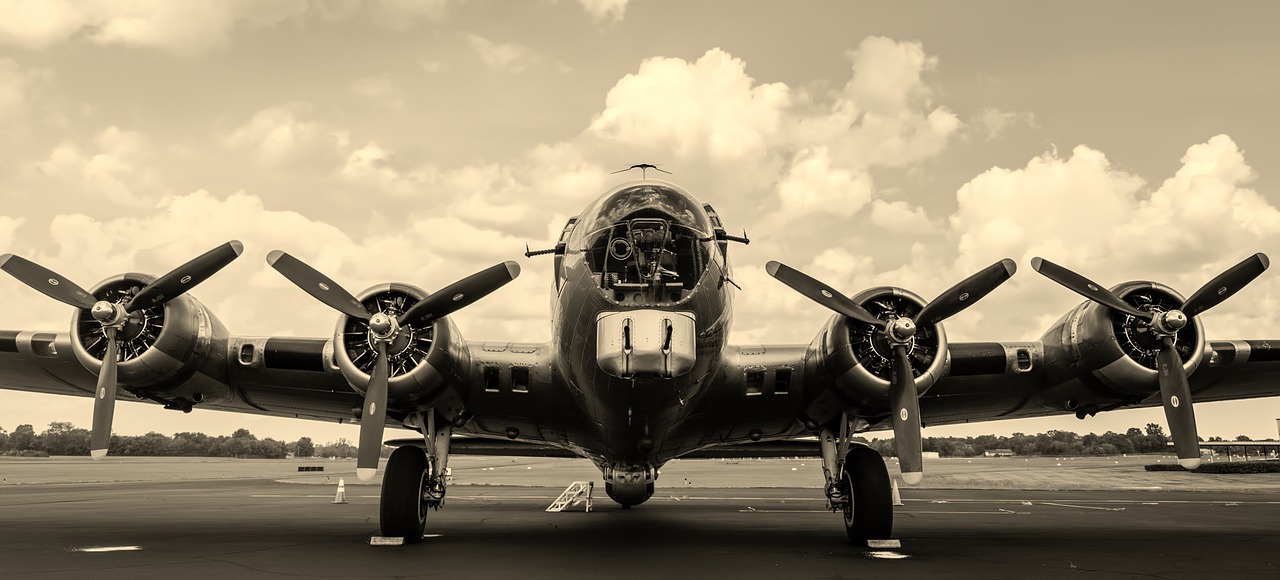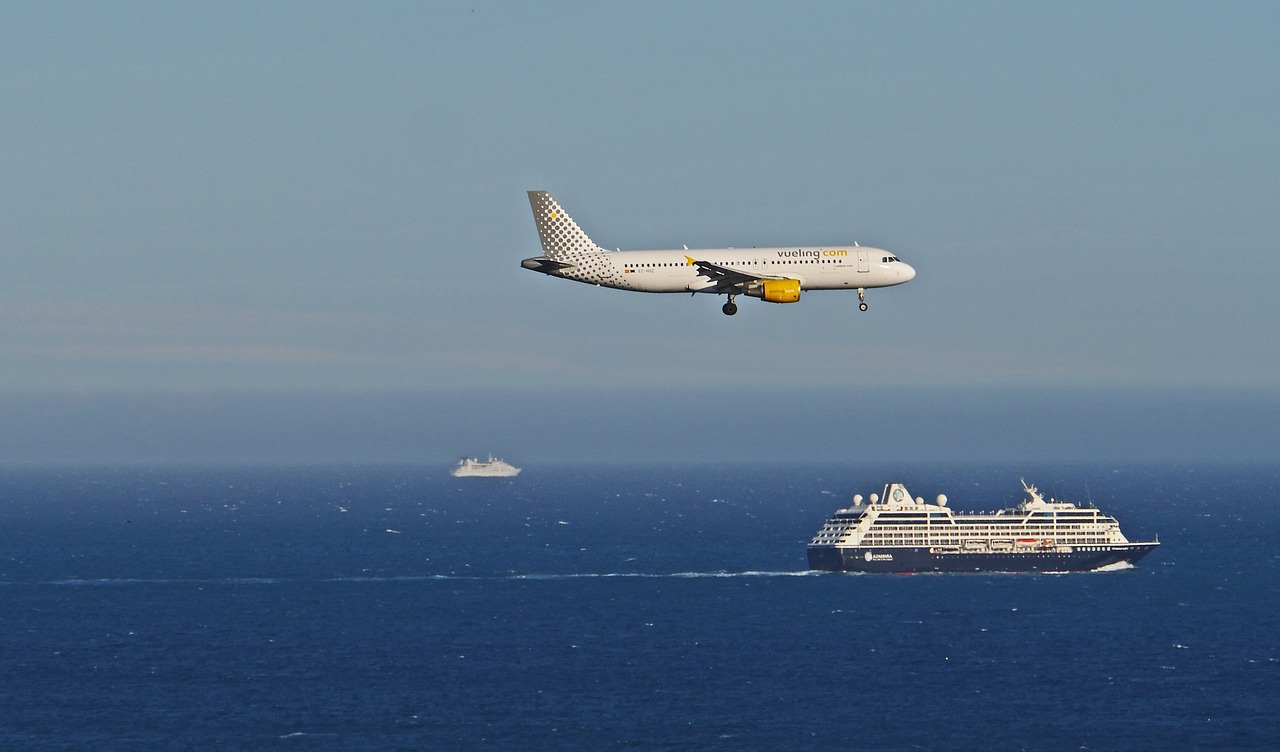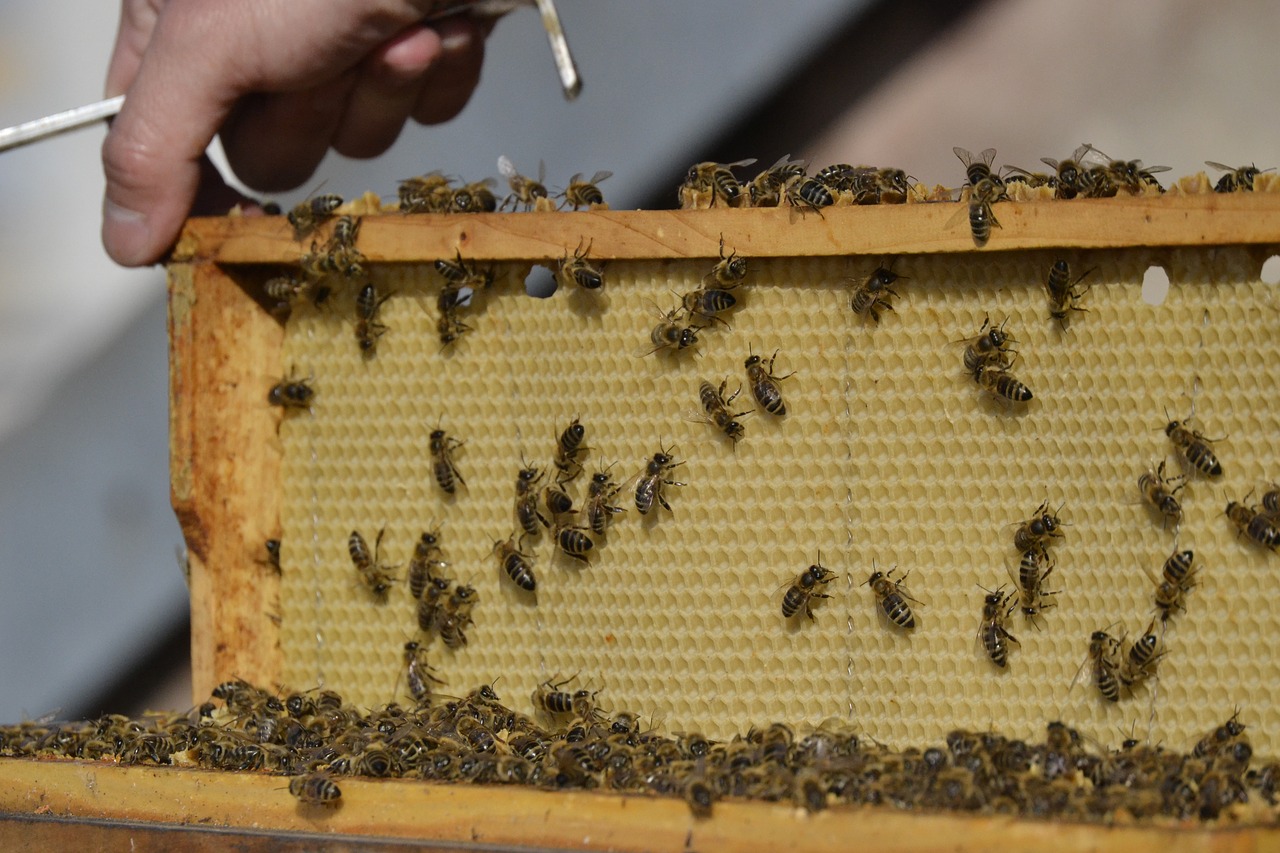The same goes for countries around the world. In a single day, you might wear clothing from one country, eat food from another, and use electronics built in yet another nation. We don’t really think twice about this anymore. Among these many items, however, we have discovered some that are bizarre, strange, highly valuable, or just plain weird. Read on to discover a list of the 25 strangest cargo ever carried by plane, train, automobile (or wagon train). The Holy Grail was said to be the cup that Jesus Christ drank from at the last supper and was later to have been used by Joseph of Arimathea to catch Christ’s blood at his crucifixion. Some say the cup is hidden somewhere in Glastonbury in England. The legend goes that if you drink from it, it will grant you eternal youth! Though this may seem a little fantastic, there are some strange facts to consider. First, Hitler’s and his wife’s bodies were never found. Also, why did the captain and his crew travel thousands of miles to surrender in Argentina, when neutral Spanish was less than a day away from their original position? Why did take them twice as long to get to Argentina than it should have? It was later proven that some notorious Nazis did make it to South America at the end of the war, such as Captain Josef Mengele, known as the “Angel of Death.” Was Hitler that secret cargo, who then lived out the rest of his days in South America? It soon swept across the whole of Europe with devastating effect. It was to become known as the Black Death. By the time it had finished, it had killed an estimated 50% of the European population and reduced the world population by around 125 million people. Bubonic plague still haunts the world today. In October 2017, in Madagascar, it killed about 170 people and infected thousands of others. The Americans revisited the problem in the late 1960s with the M551 Sheridan Airborne Assault Vehicle. Despite having light aluminum armor and a compact main gun that could fire either standard rounds or missiles, the tank was three times the weight of an M22 Locust (15 tons) and nearly twice the length (20 feet). To make it more easily deployable, it was designed to be dropped out the back of transport aircraft flying at low speed at a height of under 10 feet. The tank was on a specially-designed pallet and skidded to a stop with the aid of a chute. The tank crew was parachuted in from another transport plane. Once on the ground, they had to make their way to their tank. The system proved clumsy. Often, the tank could not be used because of the impact of the landing. The tank itself was ineffective as its gun was over-complicated and unreliable. It was quickly phased out of front-line service. After these tests were concluded, for the rest of their career, these giant 747’s were used to ferry the five operational space shuttles back and forth between the several launch sites NASA uses and its landing facility on Merritt Island in Florida. This is known as a nuclear deterrent, but is it really a good idea considering how many aircraft have been lost or accidentally destroyed over the years? Then again, aircraft are an incredibly safe form of transportation. The American nuclear-armed bomber, the B-52 Stratofortress, has a serious mishap rate of just one in 75,757 flying hours. That basically means that if a B-52 could fly continuously, it would be 8.6 years before it had a serious accident. However, the B-52 has already crashed in mainland America, Spain, Greenland, and the Indian Ocean. On several occasions, they were carrying nuclear weapons at the time. The authorities claimed it was the least stressful way of doing this for the fish and their survival rate was near 95%. In other words, only 5% did not survive the high-speed drop from way above! To date, there have been over 3,000 used nuclear fuel shipments without serious incident (in the US alone). But with this material having the ability to contaminate vast areas for decades at a time, it is nevertheless a cargo that makes many people nervous, especially as it often travels through populated areas. It weighed 1,350 tons, was 155 feet long, and once set up it took over 500 men to operate it. It could only fire once every 45 minutes and fired a 7-ton shell up to 30 miles away. A bigger version was planned, but it was damaged while under construction during a British bomb raid, and the project was abandoned. It was all created by a combination of intense heat and pressure over millions of years, some of which dates back as far as 650 million years ago! It is then mined or pumped to the surface from thousands of feet below. Where it came from no one knew; due to the cold, scorpions are not native to Canada. A similar thing happen on a UK flight when a scorpion was found nestled on a woman’s thigh. Luckily, it gave up without a fight and did not sting anyone. Luckily, neither she or her nearby baby got hurt. The house was later fumigated to get rid of the dangerous critters; meanwhile, the local supermarket thoroughly checked all the bananas they had in stock. Thankfully, they found no more of these nasty creatures. Strangely, he went visiting in east England, carrying with him a ridiculous amount of treasure and rare artifacts, calculated to be worth $130 million in today’s value. The items were transported in a heavily guarded wagon train that took a short cut on a coastline known to suffer from tidal surges, quicksand, and deadly whirlpools. The inevitable happened and the wagon train, along with all its members, was lost. Some accounts state it was swept away by a freak tide. There is a twist, though. Some believe there was never any treasure and that it had already been secretly sold off by King John. If this was the case, it did King John no good. Just six, days later he died suddenly at the age of 49. Though the cause of his death was unknown, many believed he was poisoned by one of his many enemies. The longest pipe was a colossal 1,547 feet long and had a diameter of eight feet. Its length was equivalent to the length of five Jumbo 747 airliners (or over three times the height of the statue of Liberty!). Sadly, the pipes were damaged beyond repair, so they had to be sent for recycling once they were salvaged. The idea was that it could be towed into the air and later released to glide into battle. But when testing it, the only way to get it airborne was to remove its crew, weaponry, all its ammunition, and most of its fuel. So, after just one test, the Russians decided to abandon the whole project in 1942. Live specimens are regularly flown around the world to collectors. In 2018 a three-foot Koi called S Legend was sold for a record $1.8 million (roughly $27,000 per pound). This is about the same price as gold, which is $25,200 per pound (as of Feb 14, 2020). This proved cumbersome and time-consuming, with only one carried at a time. It was further complicated because the only convenient runway to land them on was far from the front lines where these tanks were needed the most. At first, it proved surprisingly popular on the cross-channel routes to France, as it was fast and not much more expensive than sea ferries at the time. But with the introduction of high-capacity roll-on/roll-off ferries in the 1960s and the fuel crises of the early ’70s, the air ferry concept proved uneconomical and the service was discontinued. Already, bundles of the old banknotes had been shredded, then pulverized, turning them into briquettes and given to the poor as fuel. Each one contained notes that would have been worth $26,000. Within just a few decades they had wiped out most of the native population (the far more timid red squirrel) through competition and by spreading the deadly squirrel-pox virus. There is much debate surrounding what to do with this invasive species, as it is very important to the eco-system to help keep a forest healthy. Please Note: If you decide to eat one, avoid eating its brain as this can cause a fatal disease called Creutzfeldt–Jakob disease. Under her skirt, they discovered twenty-four gerbils taped to her thighs! The woman claimed they were gifts for her friends, but the authorities believed she was testing the port’s security ahead of a drug smuggling run! In fact, apart from bats and flying squirrels (which in fact glide rather than fly), very few mammals can travel through the air and none can do it as we do. In a passenger plane, we can fly over nine miles a minute, at an altitude of 35,000 feet, where there is no breathable oxygen and we have to be heavily protected against the outside temperature (which is around -60C). So, when you think about it, we are most definitely a bizarre cargo. Some cargo companies even offer different levels of luxury for these traveling horses in coach, business, or first class. Like their human counterparts, the higher the level, the more legroom they get, along with a better quality of food. But you cannot send any poisonous animals or those that are classified as obnoxious insects (flies, mosquitoes, locusts, etc.). Please Note: The rules for shipping live cargo can be complicated, varying much from country to country; they are also subject to change at short notice. So, before you pack up any kind of animal, always check with the carrier first. As hundreds of stores would be affected, the company hired a Boeing 747 and loaded it with 90 tons of ketchup and sped across the country, delivering its crucial load as it went. By the end of the day, customers were none the wiser about how close the fast-food company had come to a culinary disaster.



